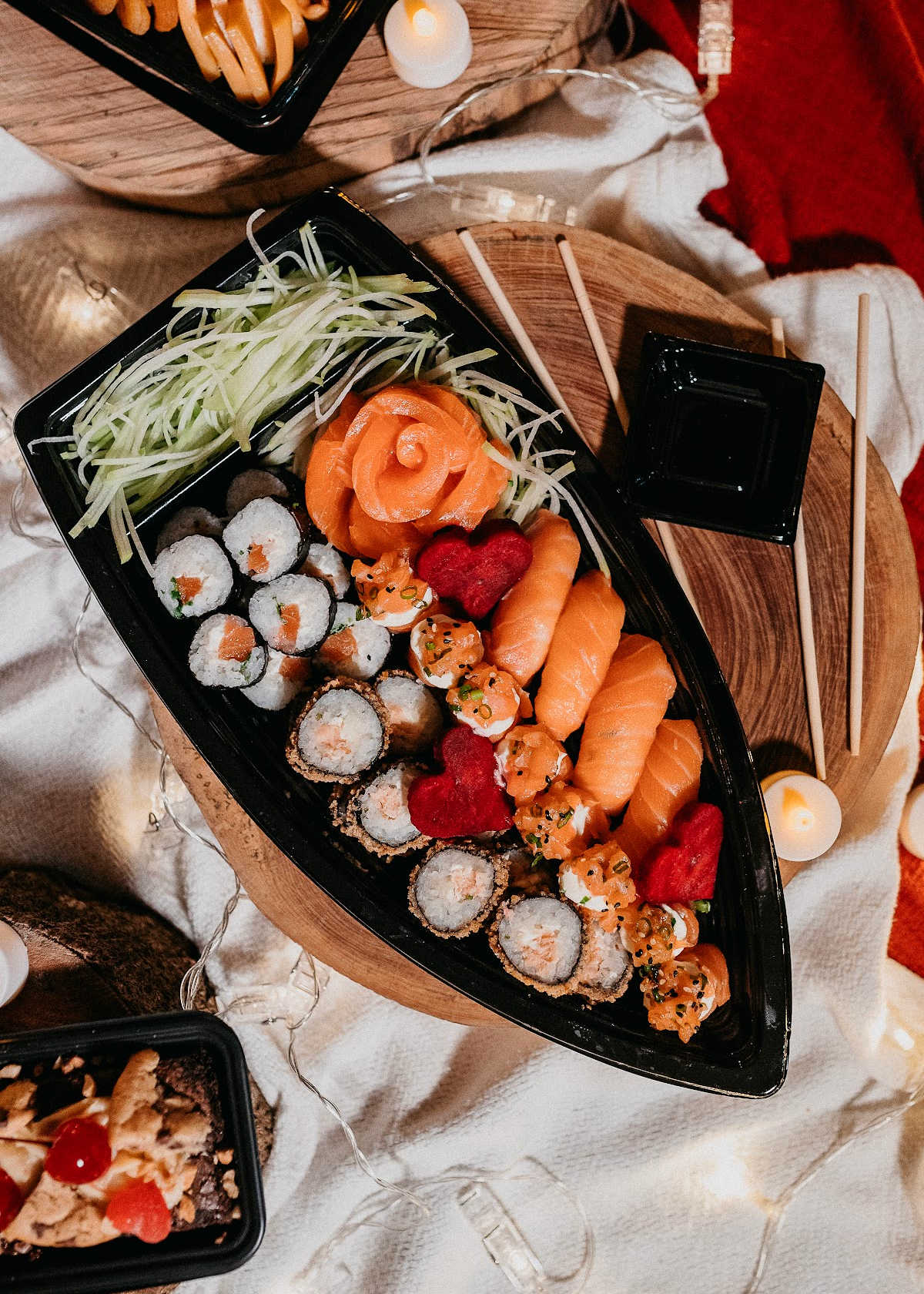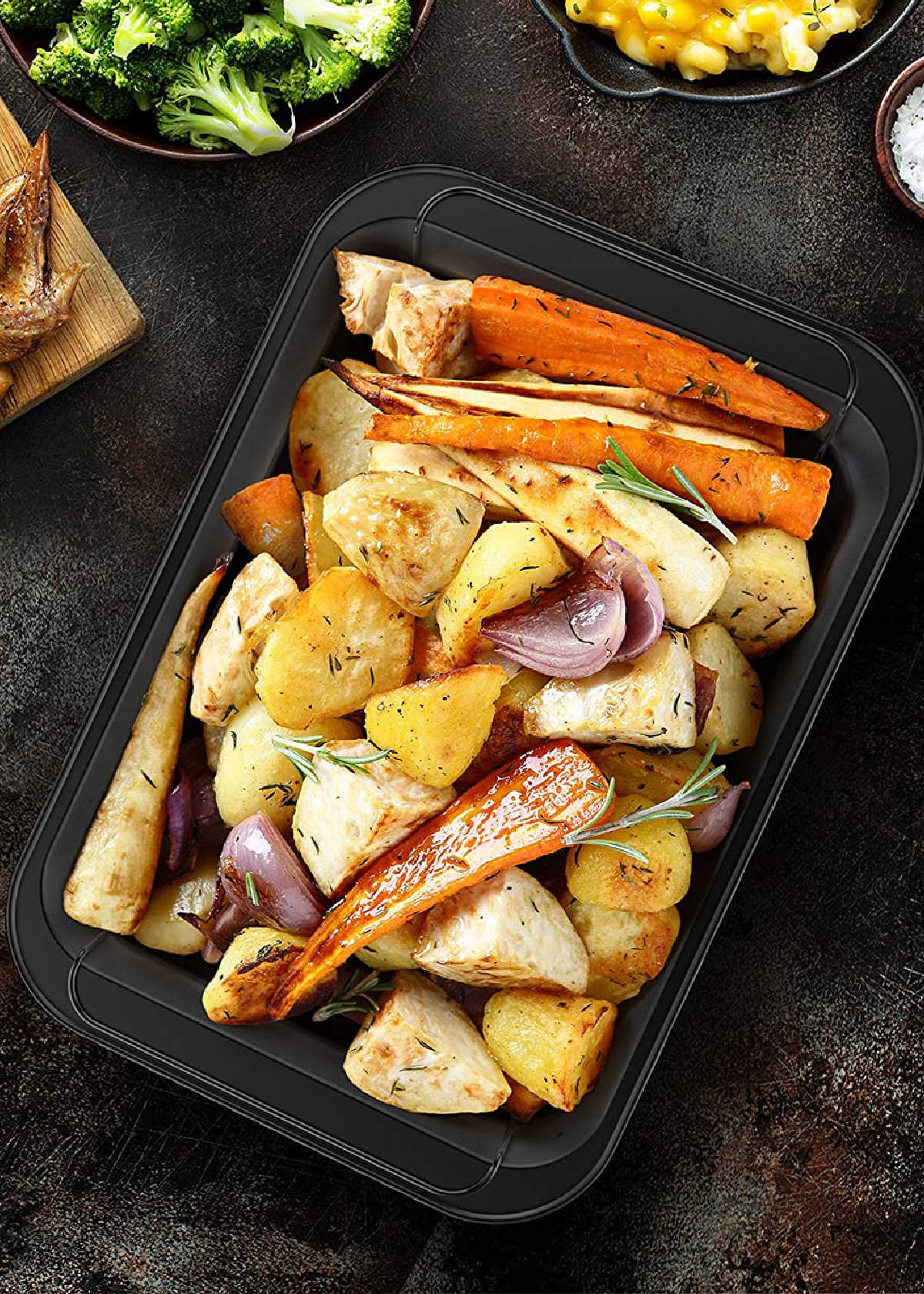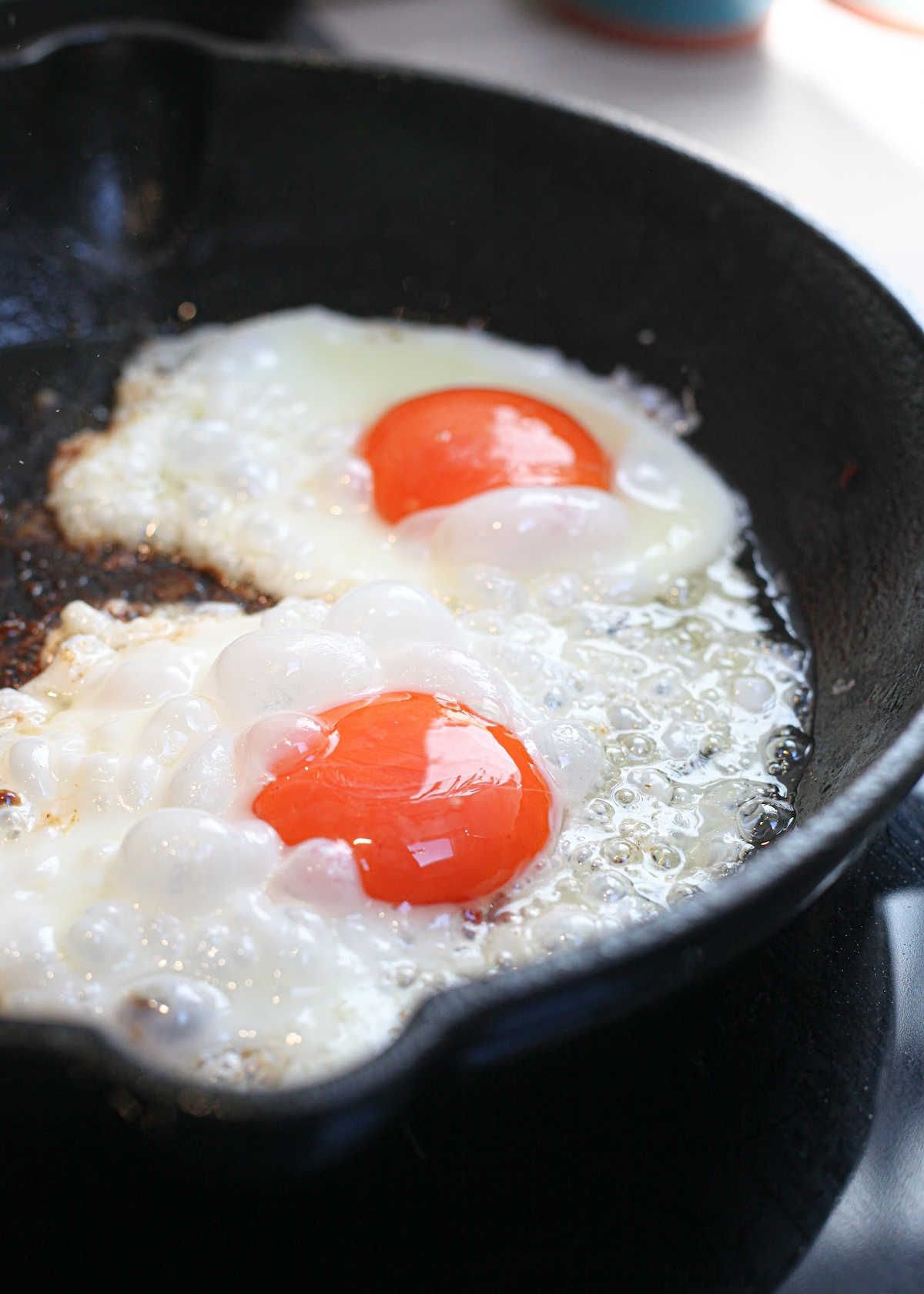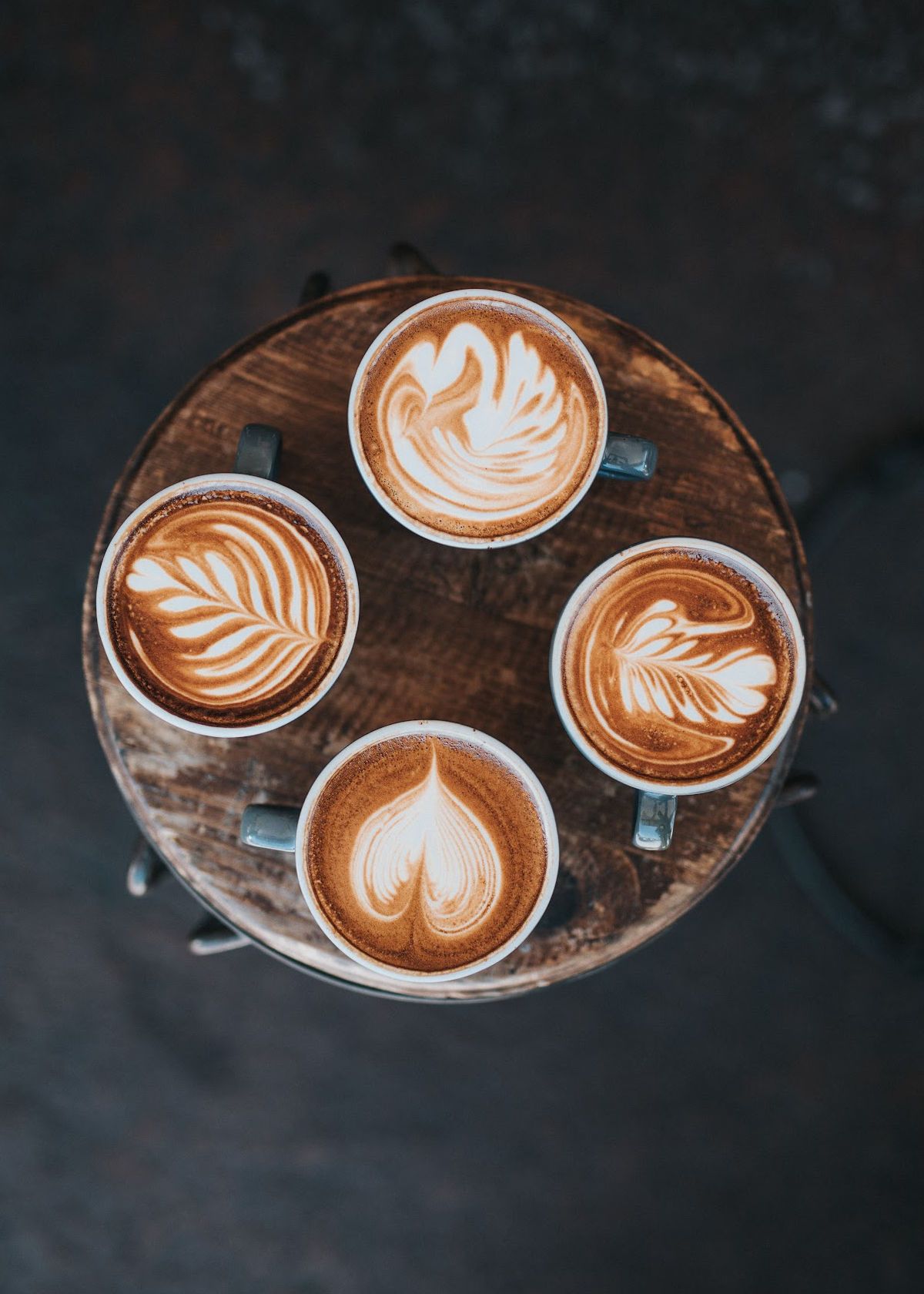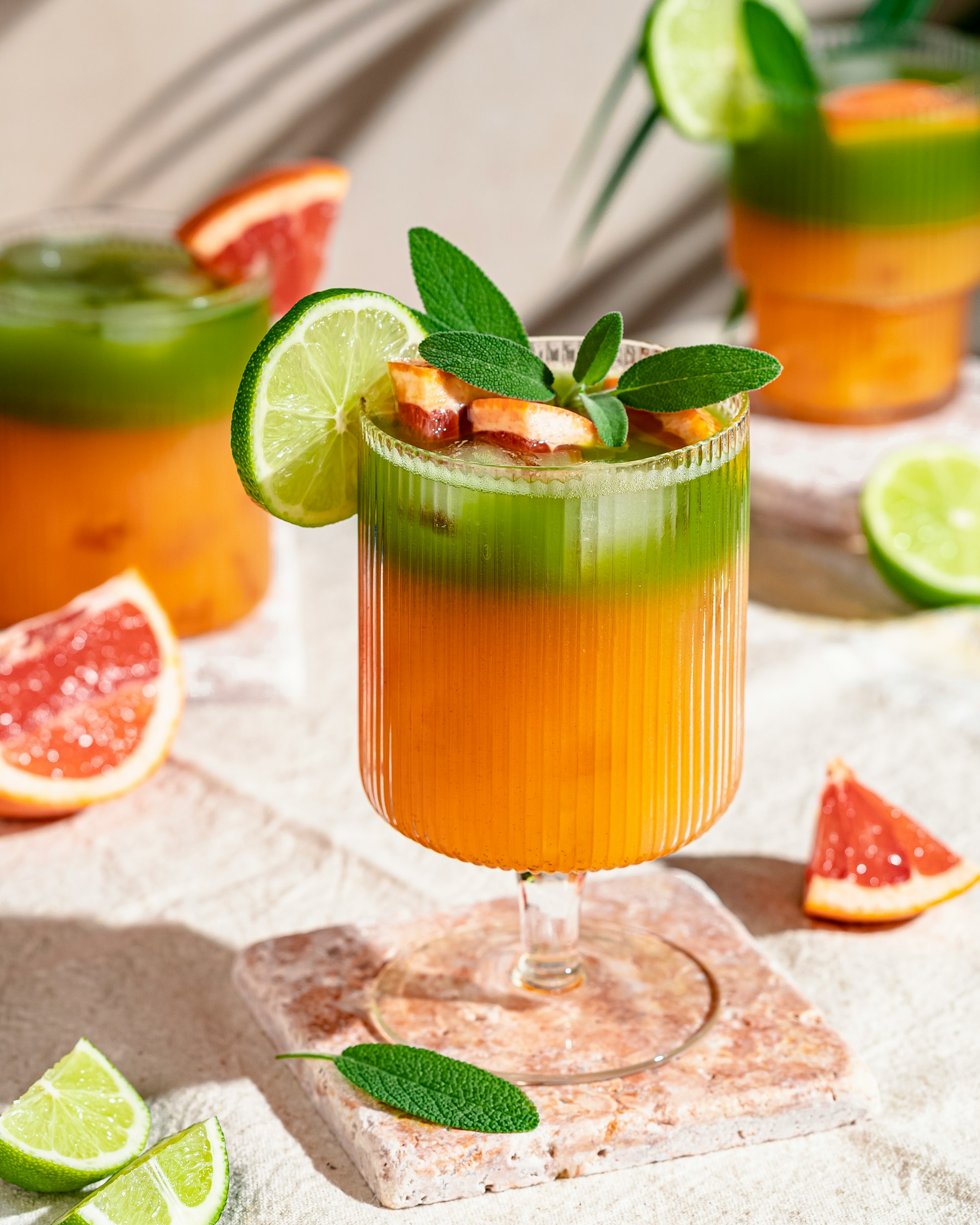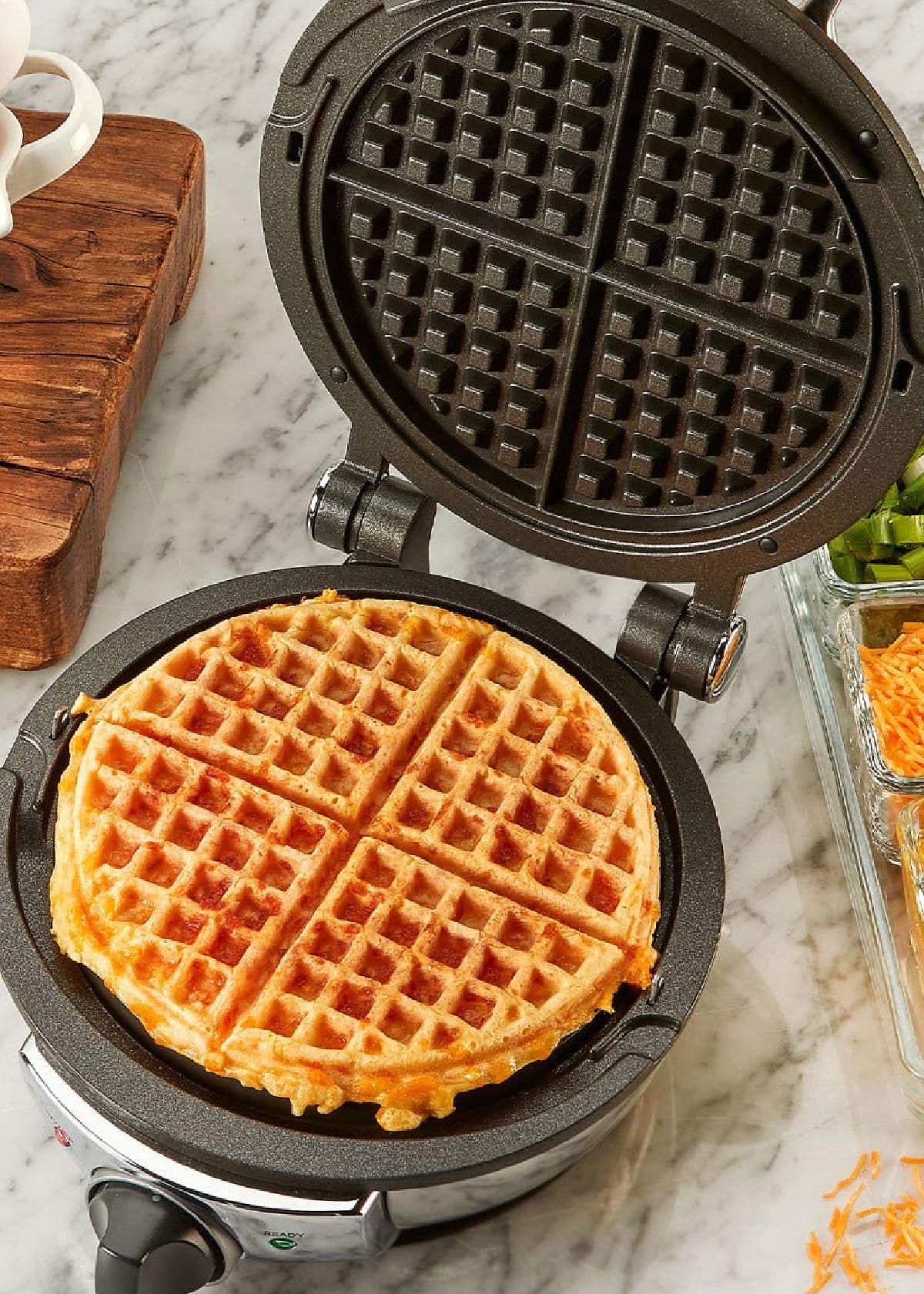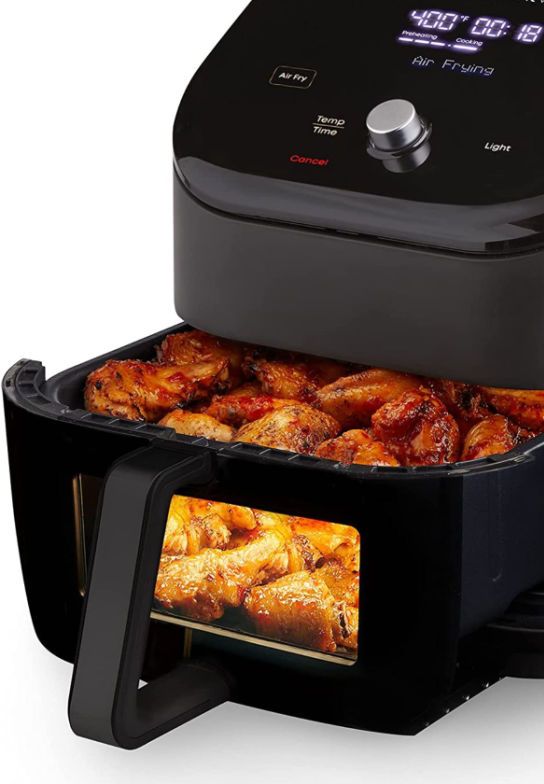Content Summary
Coffee - the delight that fuels our mornings and our lives. Brazilian coffee is something you have got to try. It's time to get acquainted with its unique flavor, its history, and its ways of preparation.
This South American country has been producing the best coffee beans for centuries, and it's no wonder why their brews are loved all over the world.
Grab your coffee mugs and get ready to embark on a caffeine-fueled journey with me as we explore the wonders of Brazilian coffee.



What Is Brazilian Coffee?
An Overview
Here are some facts about the world's favorite beverage.
- The coffee plant was first brought to Brazil in the early 18th century by a Sergeant Major of the Portuguese military.
- The coffee plant is grown in areas of the country such as Minas Gerais, Cerrado, Rio de Janeiro, and São Paulo. The climate that has high altitudes and rich soil in these regions is just right for the cultivation of coffee beans, yielding a unique flavor.
- This South American country has been producing the best coffee beans for centuries and Brazil is one of the world's largest coffee producers.
- Brazil exports 60% of all coffee beans produced and the country is responsible for about 1/3 of global consumption.
The Difference
Brazilian coffee is known for its unique flavor profile. It tends to have low acidity, a full body, and a sweet aftertaste. It also has a smooth, chocolatey, caramel, and nutty flavor that makes it stand out from other coffee varieties.
The climate in Brazil is also special - it has a consistent temperature and plenty of rainfall, which provides an ideal environment for coffee cultivation. These conditions allow Brazilian coffee to taste rich, and mild, and be balanced even when blended with other beans.
If you're not a fan of acidic coffee, Brazilian coffee might be your new go-to. It's also worth mentioning that because Brazilian coffee has such a mild flavor, it's often used as a base for coffee blends.




The Coffee Beans
The most commonly grown Brazilian coffee bean is Arabica. The Arabica beans are grown at higher altitudes and are used to create a complex flavor profile.
This bean boasts fantastic flavor with less caffeine compared to robusta beans, which gives Brazilian coffee a smooth and non-bitter taste.
While Brazil primarily exports green coffee beans, some farmers roast their coffee beans locally as the roasted beans' aroma is much better than green coffee beans.
Brazilian Coffee Drinks
Like any other coffee, Brazilian coffee comes in many forms. The most popular are:
- Cafézinho: This is a traditional black Brazilian coffee made with espresso and sugar, commonly served after meals.
- Cafe com Leite: This coffee is made with Brazilian-style espresso and steamed milk.
- Caipirinha Coffee: This is a twist on the classic Brazilian cocktail, made by adding cachaça (a Brazilian liquor made of the sugarcane juice), brown sugar, lime, and ice to your Brazilian brewed coffee.
- Café Pingado: This is Brazilian-style espresso with a few drops of milk.
- Café Vienense: This is Brazilian-style Viennese coffee topped with whipped cream.
- Cappuccino: This is a classic cappuccino made with Brazilian-style espresso and steamed milk.
- Caffè Latte Brasileiro: This is a creamy coffee made with Brazilian-style espresso and steamed milk, topped with cinnamon.


How To Make A Cafézinho Coffee Cup
Let's get down to the nitty-gritty of making a perfect cup of Brazilian coffee. Brew your coffee using a drip coffee maker, a coffee filter, or a French press. You can also use a traditional moka pot, which is a stove-top espresso maker that's popular in Brazil.
Ingredients
- Brazilian coffee beans (1 cup)
- Filtered water (2 cups)
- Your preferred coffee maker
- Measuring cup
- Coffee grinder (if using whole beans)
Instructions
- If using whole beans, grind 1 cup of coffee beans on a coarse setting.
- Add 2 cups of filtered water to your coffee maker.
- Put the coffee grounds in the French press or filter of your drip coffee maker.
- Pour the hot water over the grounds and let it steep for 3-4 minutes.
- If using a French press, press down the plunger slowly to filter out the coffee grounds.
- Pour your Brazilian coffee into your favorite mug and enjoy it as is.


How To Make A Caipirinha Coffee
Ingredients
- 1 shot of Brazilian-brewed espresso
- 2 tablespoons of cachaça (Brazilian rum)
- 1 tablespoon brown sugar
- 1/2 lime cut into small pieces
- Ice cubes (optional)
Instructions
- Add the cachaça, brown sugar, and lime to a cup.
- Use a spoon or muddler to mix it all until the brown sugar has dissolved.
- Add the shot of Brazilian brewed espresso and stir again.
- If desired, add a few ice cubes in a shaker, add the mixture, and shake it all together.
- Pour the Caipirinha coffee into a chilled glass and enjoy!








Tips & Tricks
- If you don’t have cachaça, you can replace it with dark rum or brandy for a similar flavor profile.
- If you're looking for a slightly sweeter cup of coffee, try adding a teaspoon of condensed milk or sugar.
- For an extra kick, add a dash of cinnamon or nutmeg to your caipirinha coffee.
- You can always adjust the quantities of cachaça, brown sugar, and lime to your taste preferences.
Brazilian coffee is a genuinely delightful experience for coffee lovers. From the unique climate and smooth texture to the low acidity and chocolaty flavors, Brazilian coffee is hard to resist.
Need a coffee filter, a french press or moka pot to make your cup of Brazilian coffee? Check out the blog post below and find your favorite tool in our picks of best manual coffee makers.
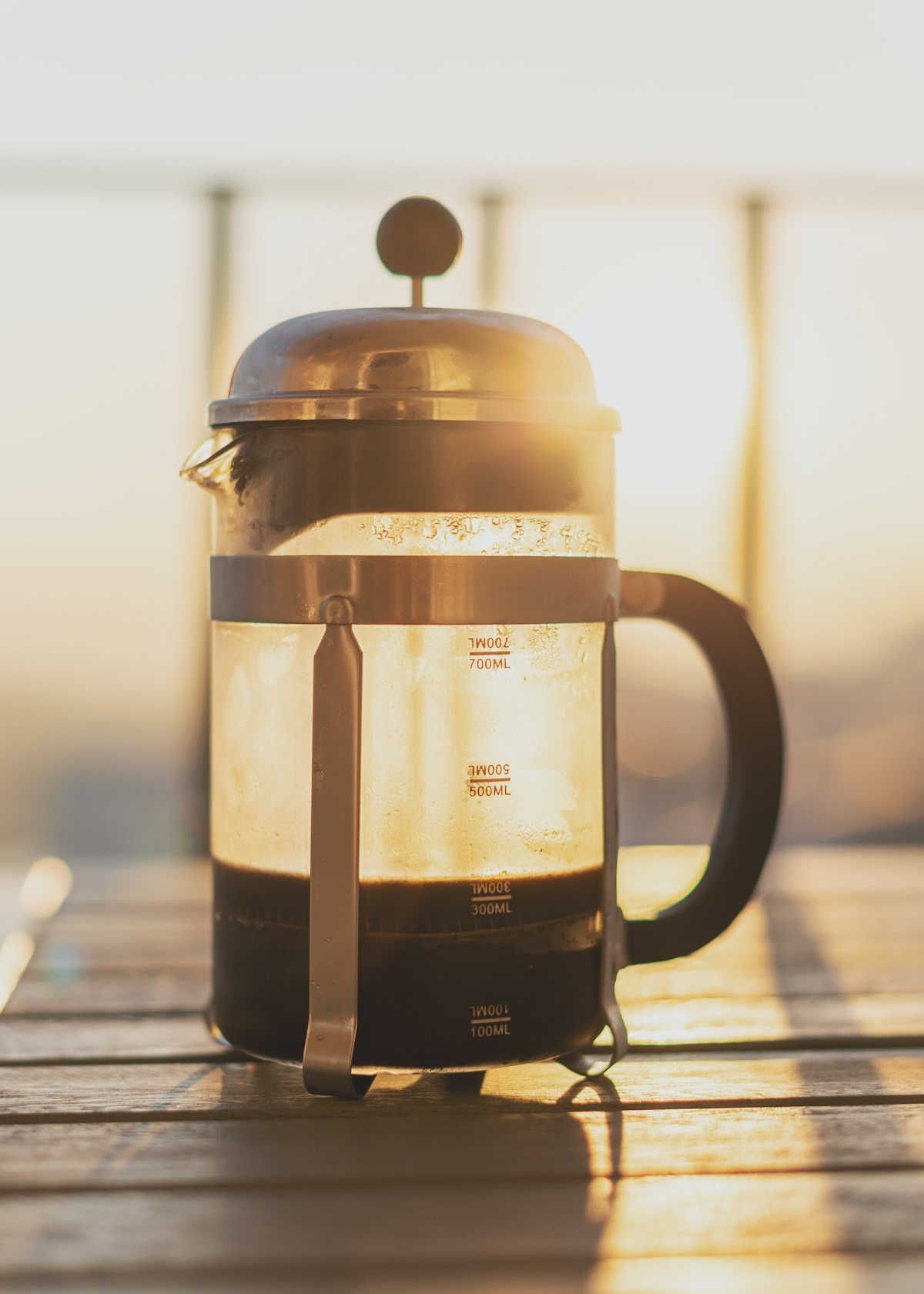
It's time to start brewing it! Happy brewing!
Catchy Finds





